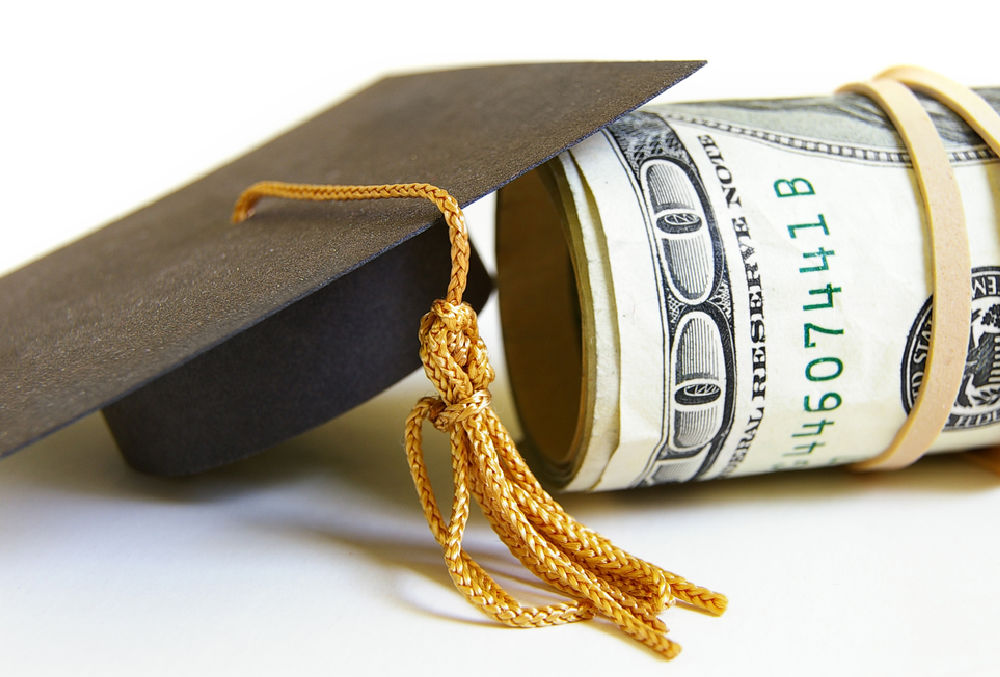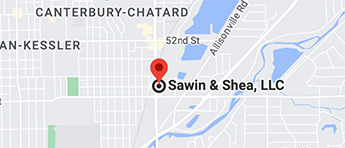Student loan debt is a serious problem in the United States, and it’s an issue that impacts millions of Americans. As of January 2022, around 45 million people have student loan debt, which is 13.5% of the US population.
In August 2022, the Biden-Harris Administration initiated a $10,000/$20,000 debt relief program for those with federal student loans earning less than $125,000 annually, but even with this debt relief plan, numerous Americans will continue to struggle with overwhelming student loans.
The total collective amount of federal and private student debt is around $1.75 trillion, and according to Forbes, 7% of borrowers will never pay off their loans based on the current rate of repayment
Tragically, many of those student loan borrowers have defaulted. According to the Education Data Initiative, 7.8% of all student loans are in default as of December 2021, and over a million borrowers will default each year.
There are now 7.5 million borrowers in default for federal student loans, but fortunately, borrowers have the option to remedy certain federal student loans through the student loan rehabilitation program. If you’ve defaulted on a federal loan, this could be your best option to return to good standing on your loan.
Here’s what you need to know about student loan debt defaults, the rehabilitation process, and how long it takes to rehabilitate your federal student loan.
Consequences of a Federal Student Loan Default
When a borrower fails to make full payments on a loan for a period of time, the loan defaults. With private student loans, a borrower will default after 120 days of failing to make full payments, and with federal student loans, borrowers have 270 days.
If you default on a federal student loan, you can face serious consequences that negatively impact your finances and other aspects of your life. Federal loans charge high-interest rates, and if you default, the government could sell your loan to a collection agency.
Debt collectors may charge an additional 18% to 40% on your defaulted balance, making repayments even more challenging. If you owe $20,000 in student loans, you could face an additional $8,000 capital on your debt. This can seriously hurt your credit score and can cause other significant challenges.
When you default on a federal student loan, the government can garnish up to 15% of your wages or social security income without a court order. They can even intercept your federal tax refund.
What Is Student Loan Rehabilitation?
Fortunately, federal student loan borrowers may qualify for student loan rehabilitation after defaulting, and they can even rehabilitate the loan after it goes to collections.
It’s important to note that this option only works for certain federal student loans, and this solution cannot remedy defaulted private student loans. Instead, private loan borrowers need to consider other options, such as discharging the loan during bankruptcy.
Student loan rehabilitation allows borrowers with federal student loans to return to good standing. Specifically, the process rehabilitates federal direct loans, Perkins loans, and loans that came from the Federal Family Education Loan (FFEL) Program.
The process erases the default from your loan and credit history, but late student loan payments will remain on your score.
Another great benefit is that it removes collection costs on Perkins loans and FFEL loans. With federal direct loans, you may need to pay collection costs, but the collection cost fees are not capitalized or added to your total loan balance.
The rehabilitation program will also stop collection agencies from garnishing your wages and engaging in other aggressive tactics. Once you finish rehabilitating your loan, you’ll once again be eligible for other helpful ways to reduce or eliminate your debt, including student loan forgiveness programs, repayment plans, federal student aid, and deferment and forbearance.
It’s critical to note that you can only rehabilitate your defaulted federal student loan once. If you default on your loan at a later time after rehabilitation, you will not have this option.
How Long Does the Rehabilitation Process Take?
When undergoing the rehabilitation process, borrowers make payments from nine to ten months. If the borrower makes the payments on time, the loan will be rehabilitated, removing the default status from both the loan and your credit history. You can then return to making regular payments on your loan until you pay off the balance.
With direct loans and loans made under the Federal Family Education Loan Program, you’ll need to make nine payments over the course of ten months. If you have a Perkins loan, you’ll make monthly payments for nine months.
Applying for Student Loan Rehabilitation
To get started with the student loan rehabilitation program, you must first contact the federal student loan holder. This may be the U.S. Department of Education, a student loan servicer, a collection agency, or another company. In order to find out who holds your loan, you can visit studentaid.gov and log into your account.
When applying for rehabilitation, you may need to submit your most recent tax return or tax transcript to your loan holder.
The loan holder will then mail you a rehabilitation agreement that includes your payment amount, options, and agreement terms. It’s important for the loan agreement to be reasonable, which means paying around 15% of your discretionary income. If you can’t afford the payment plan, you can request another plan.
Once you come to reasonable terms with your loan holder, you’ll sign the rehabilitation agreement. You’ll submit the agreement, and once the program officially starts, you’ll make voluntary payments within the agreed amount of time.
If you make all of the full payments on time, you’ll rehabilitate your loan and return to good standing. From there, you’ll resume making your normal payments, and you can apply for additional debt relief programs.
Contact Indiana Student Loan Attorneys
If you’re struggling to pay off private and federal student loans, consider contacting an attorney. They can assist you through the process of overcoming student debts so that you can get your finances back on track. For student loan support in Indiana, contact the lawyers at Sawin & Shea, LLC at 317-759-1483. You can also click here to schedule a free consultation.



